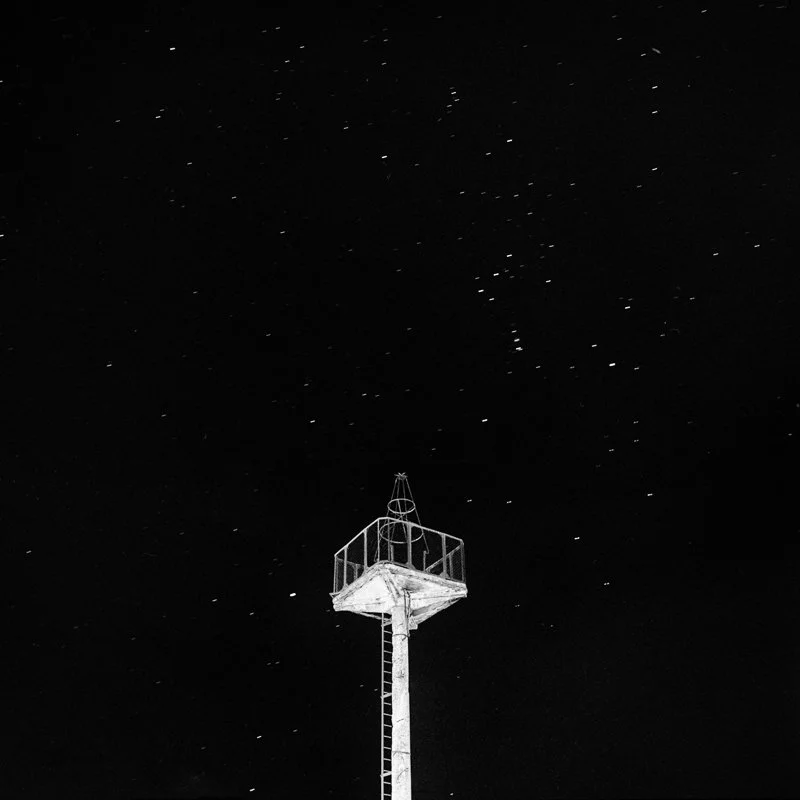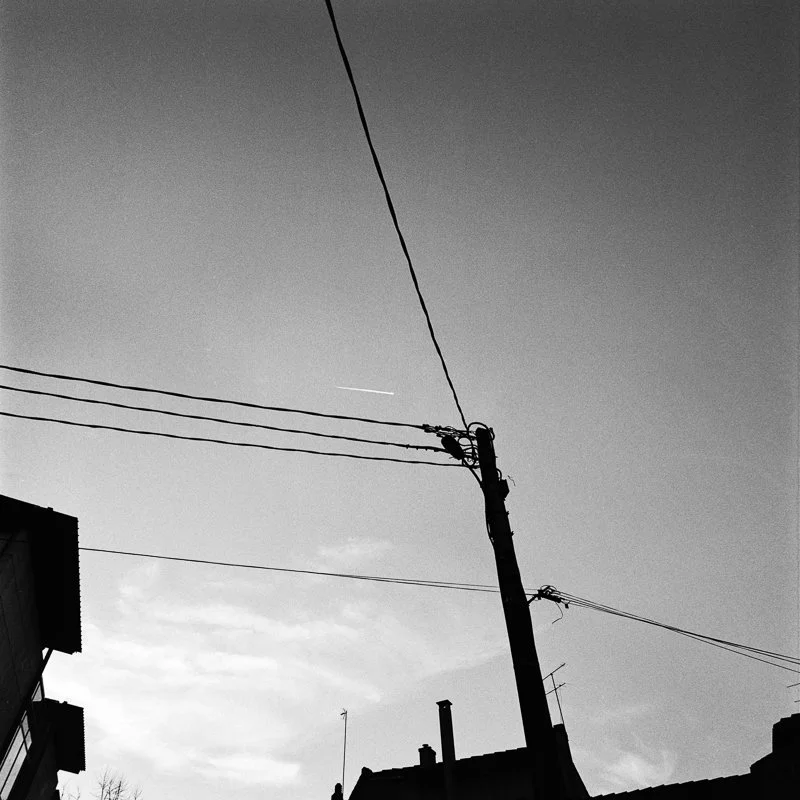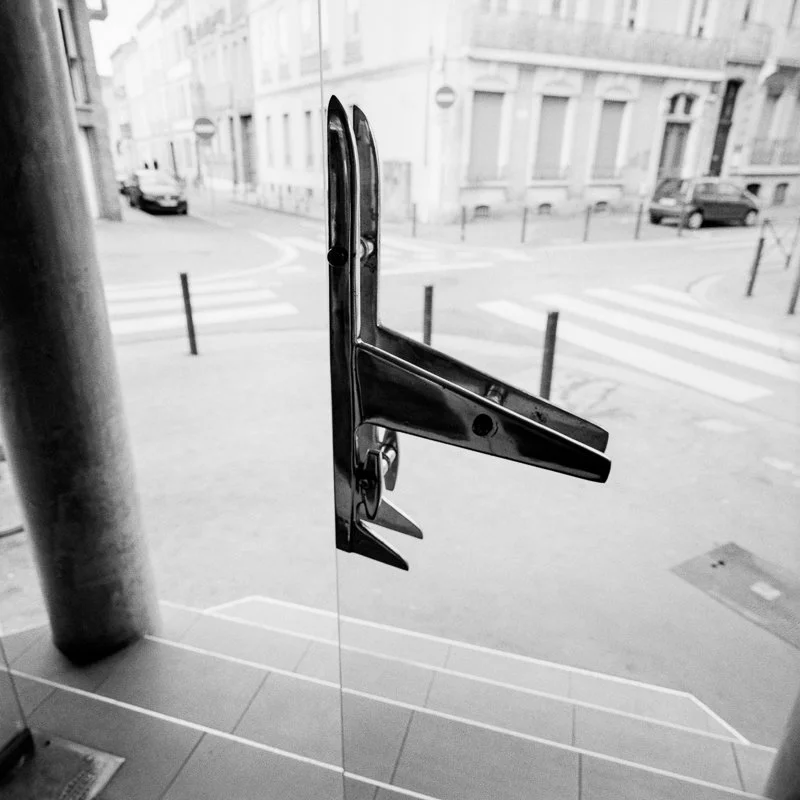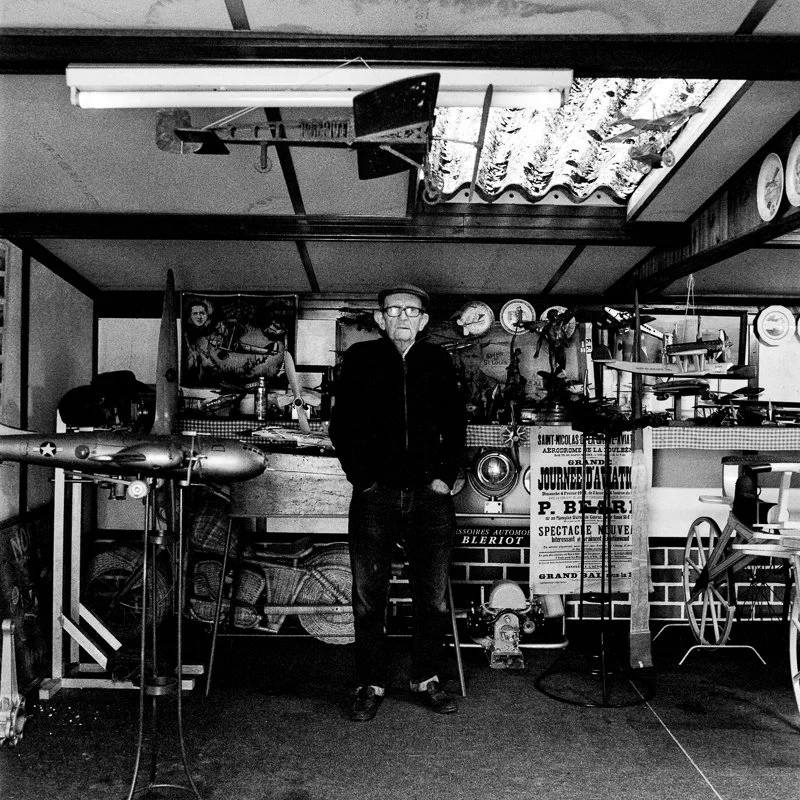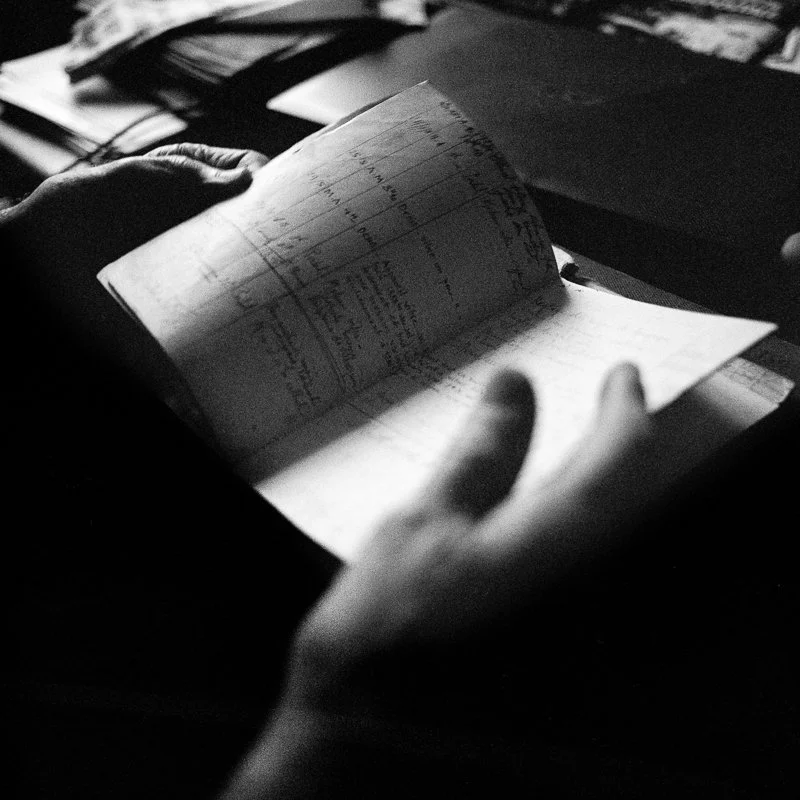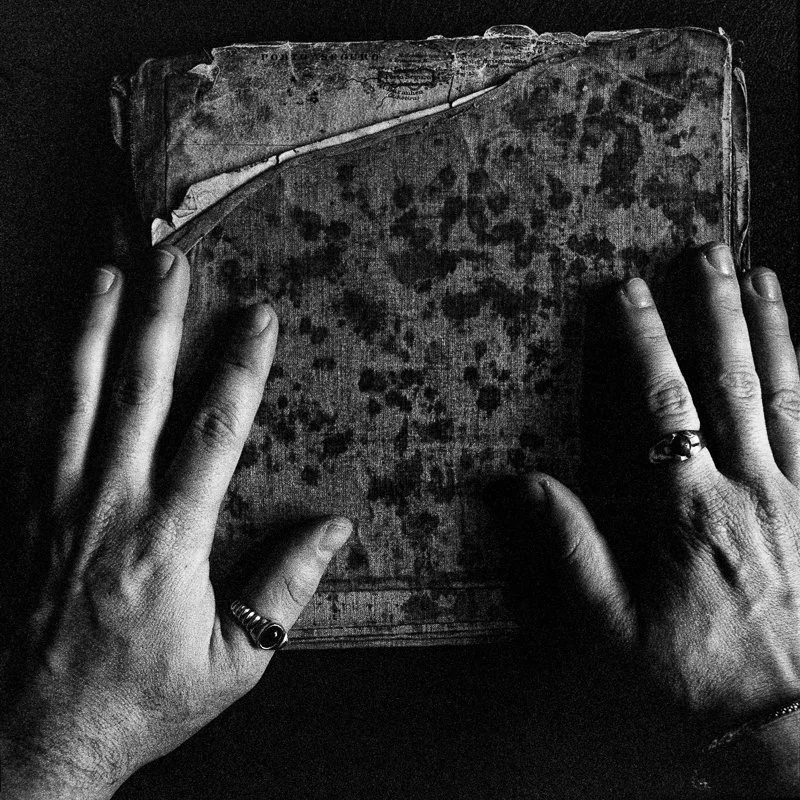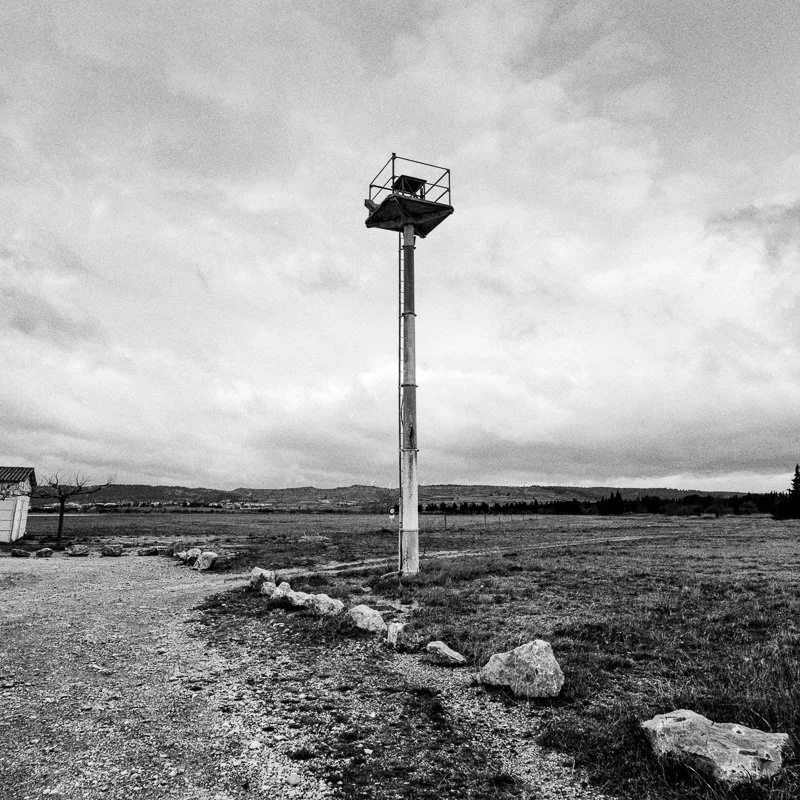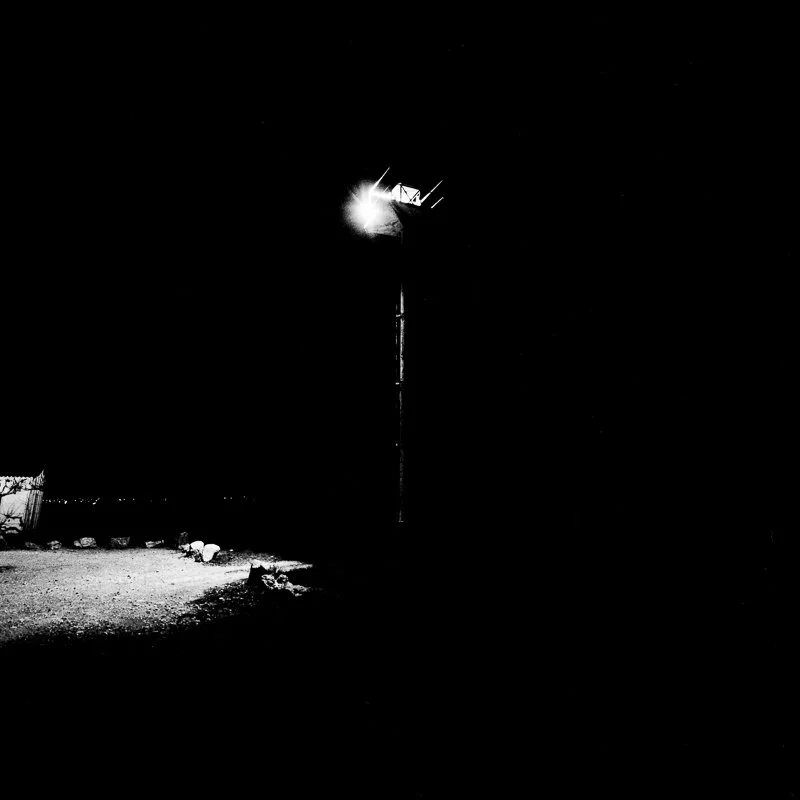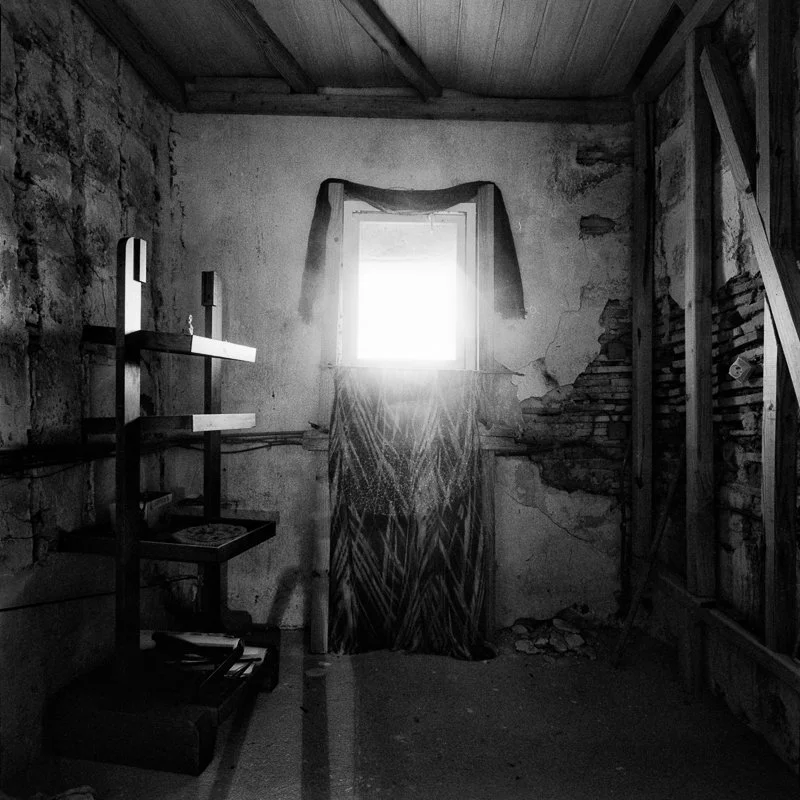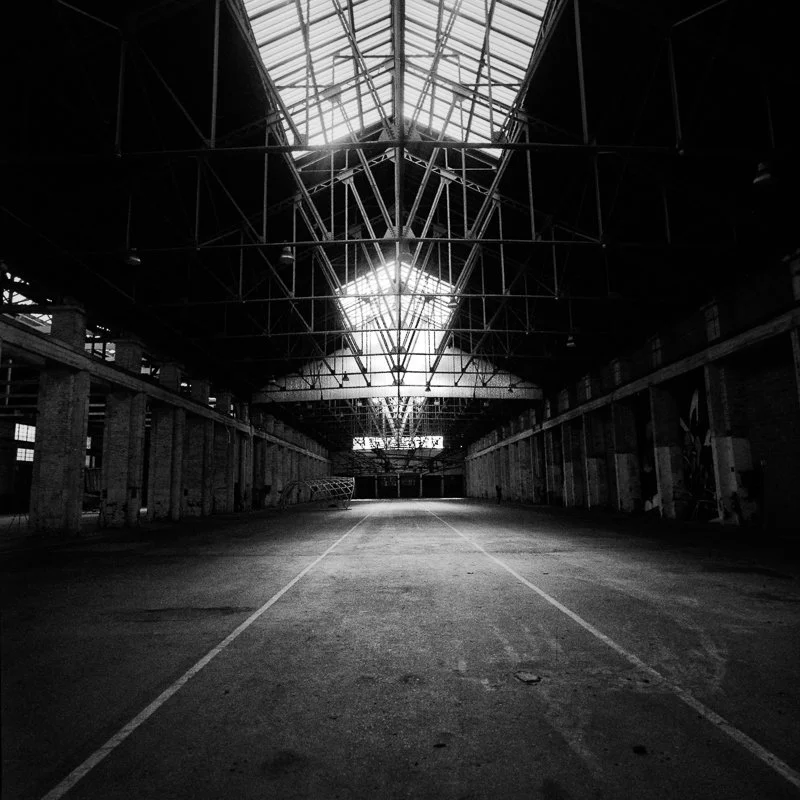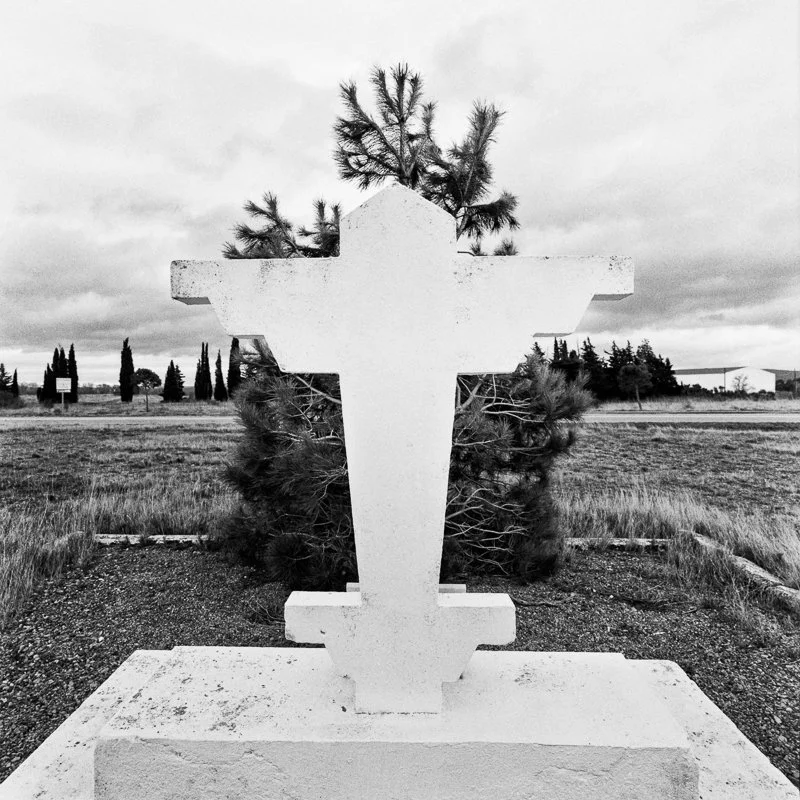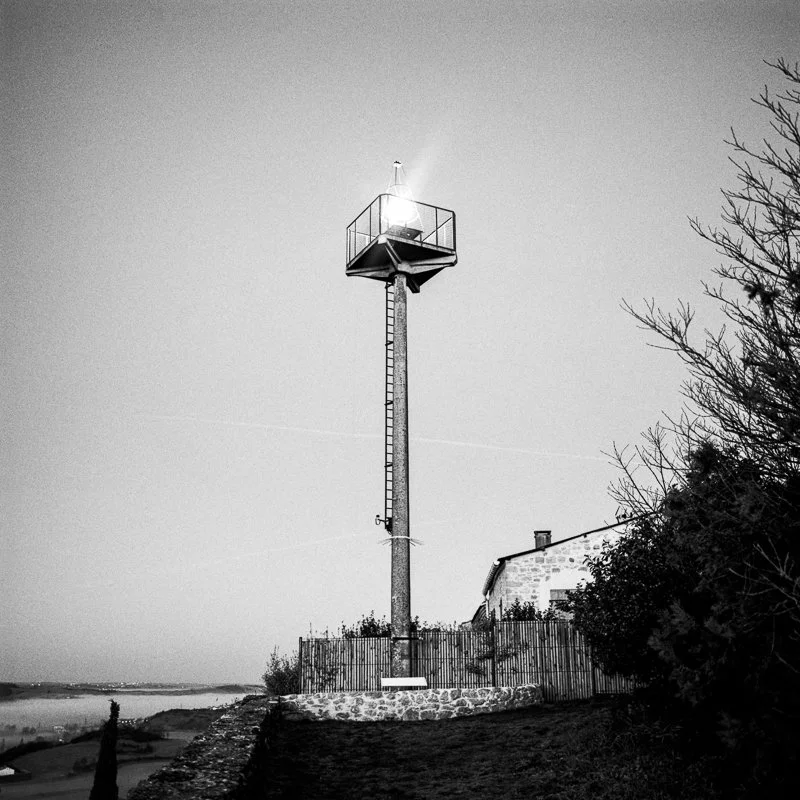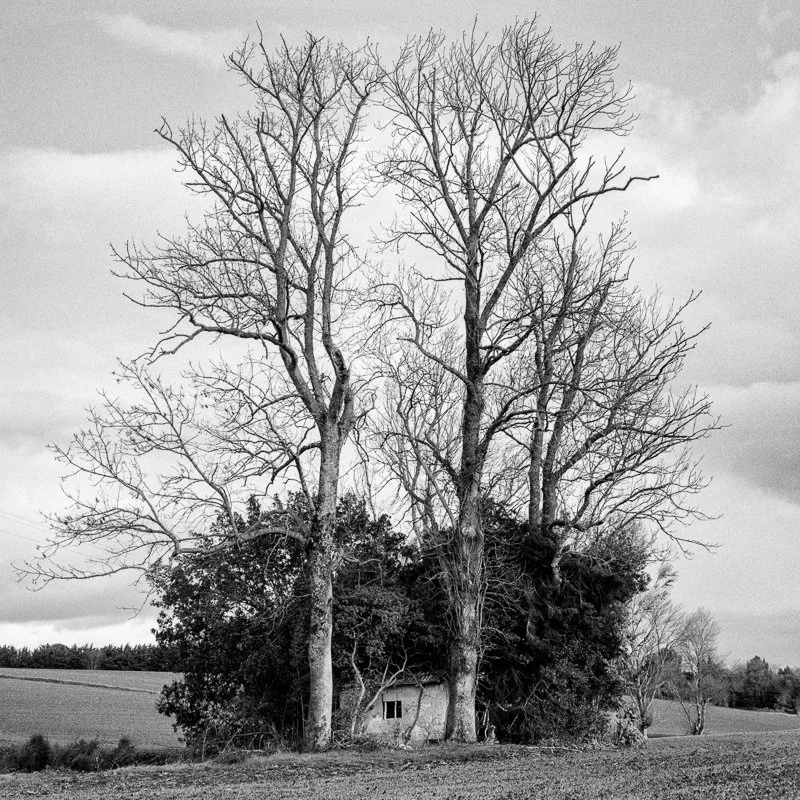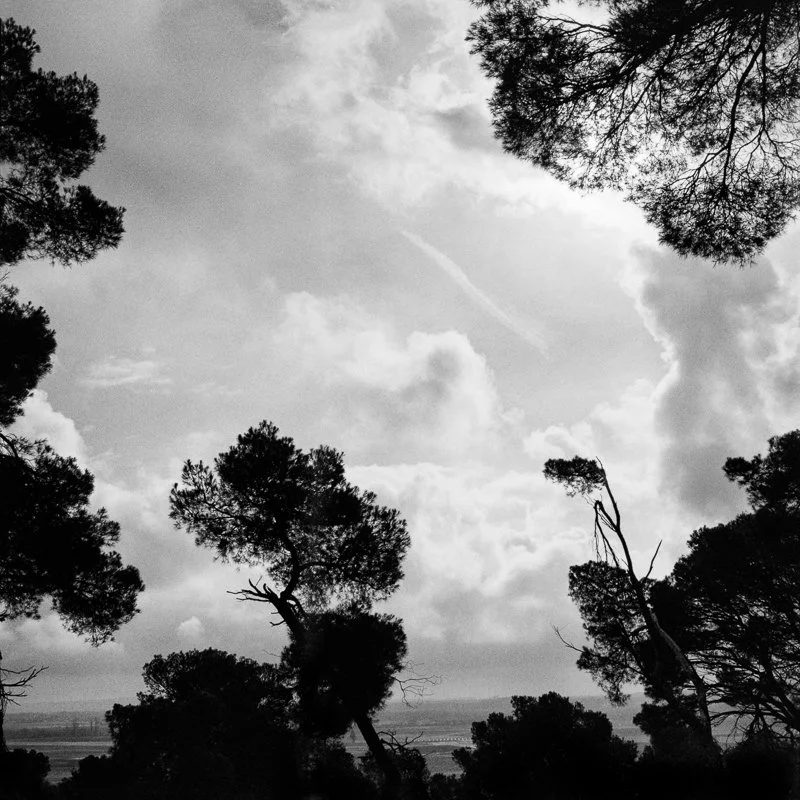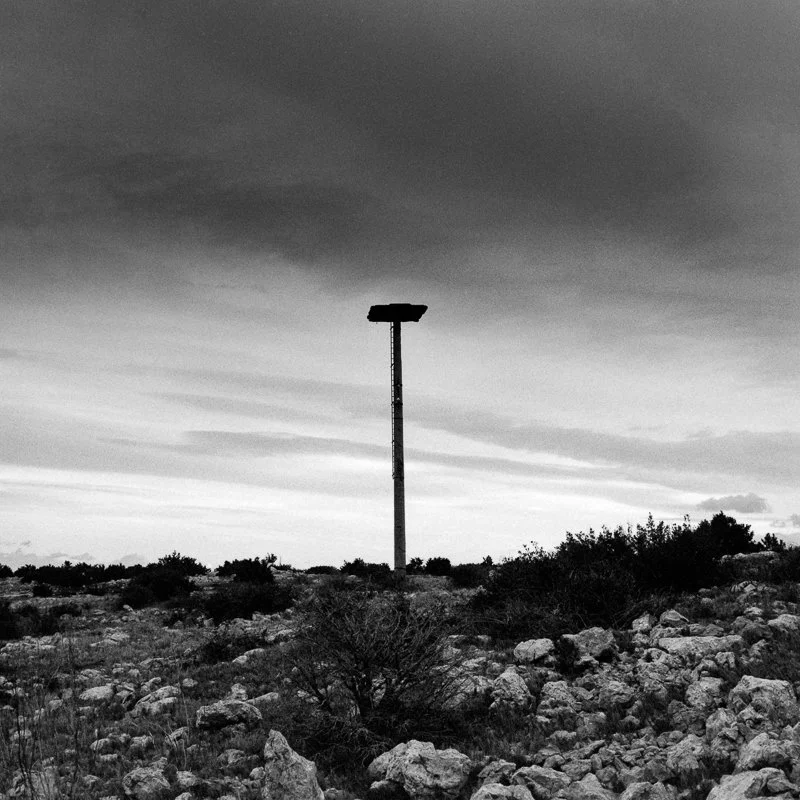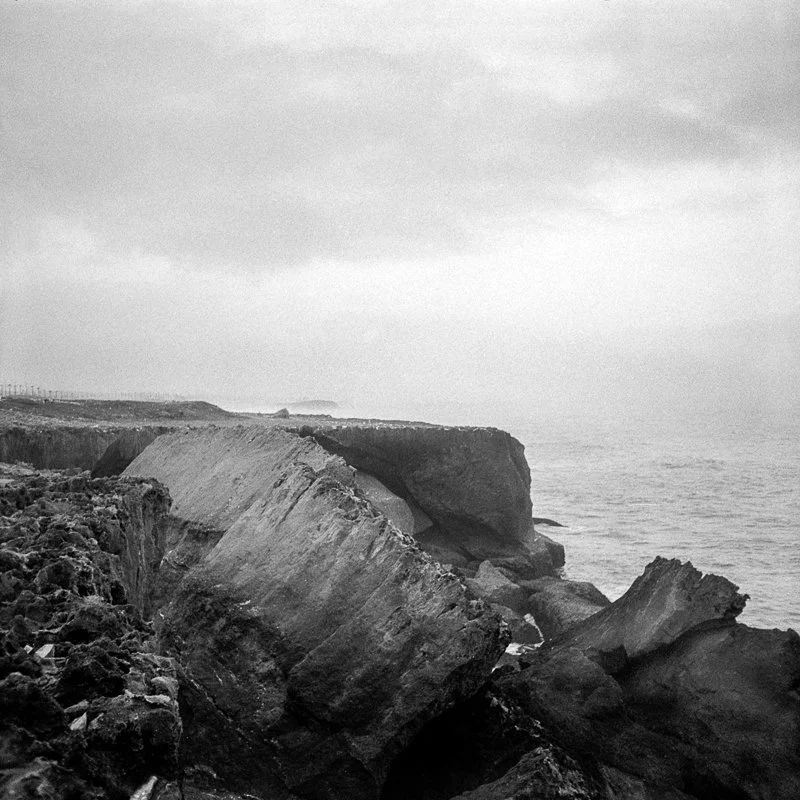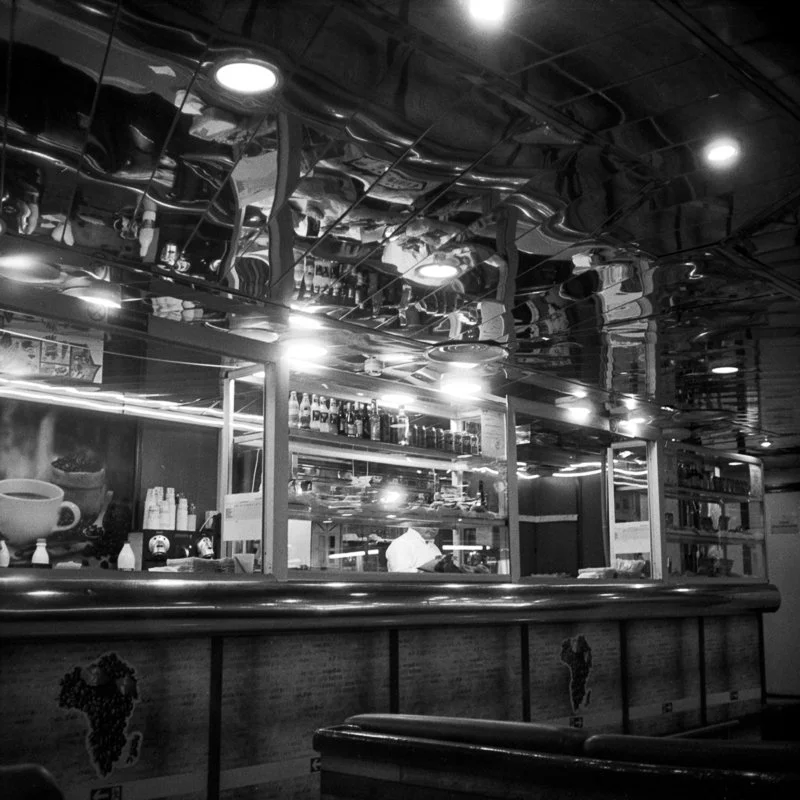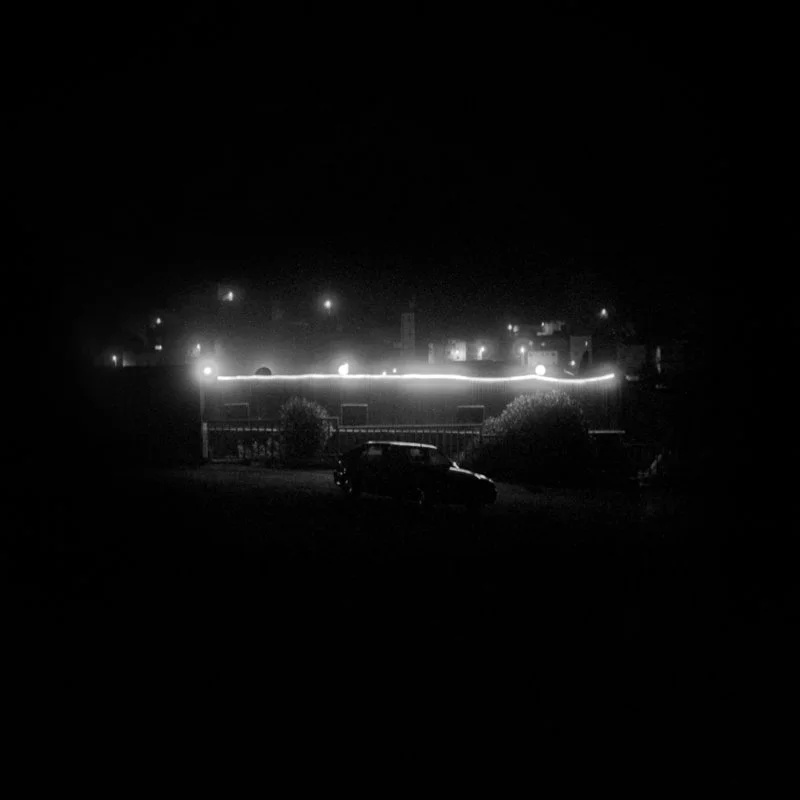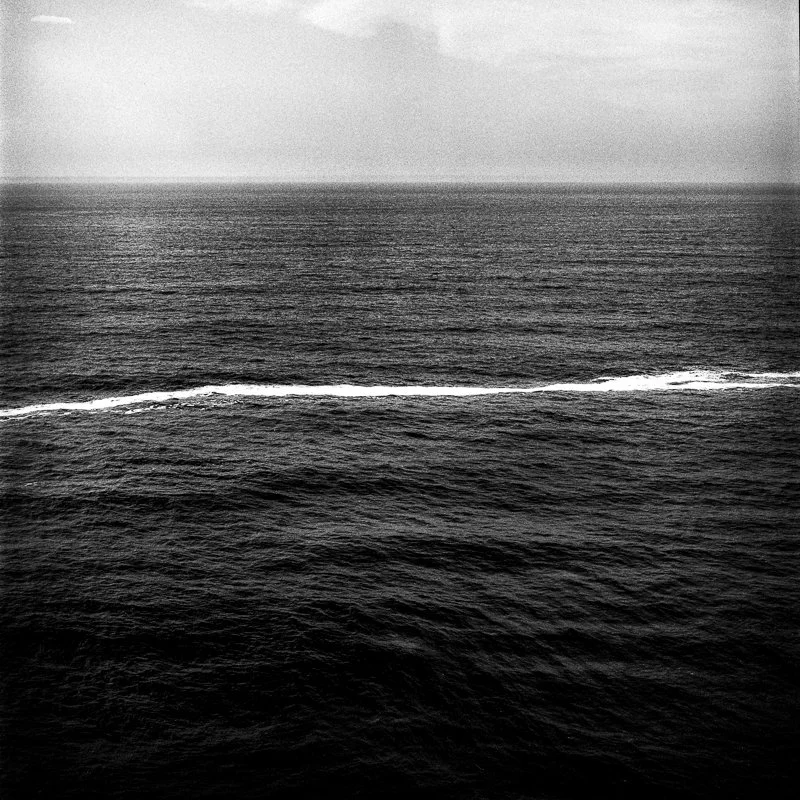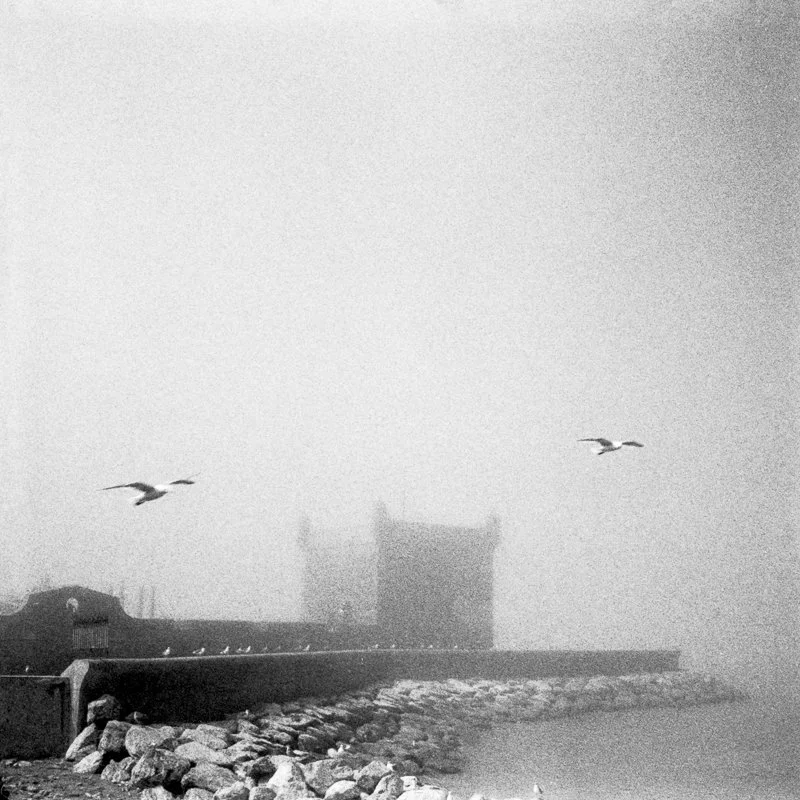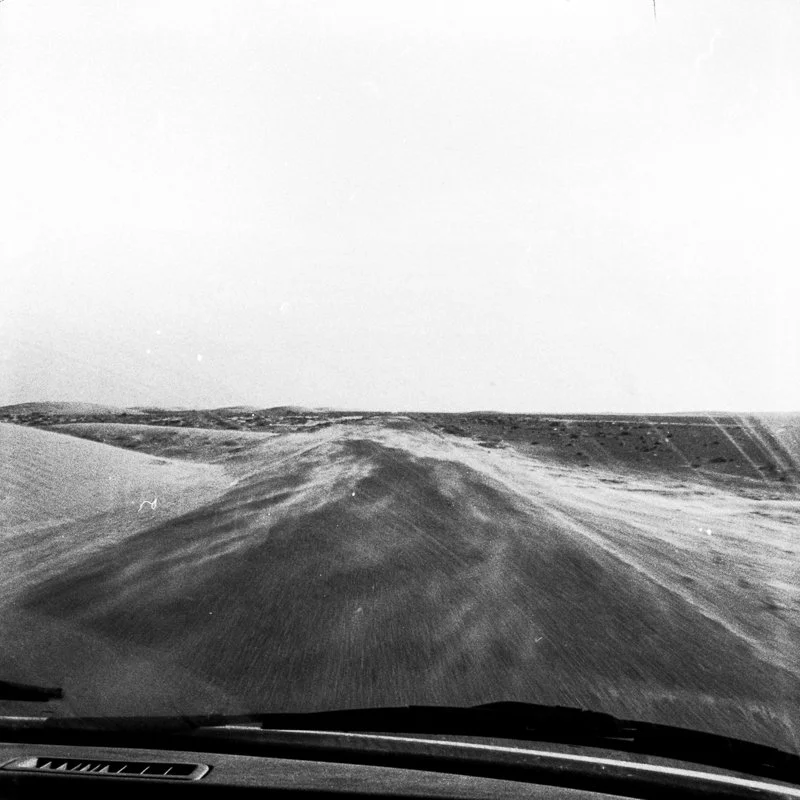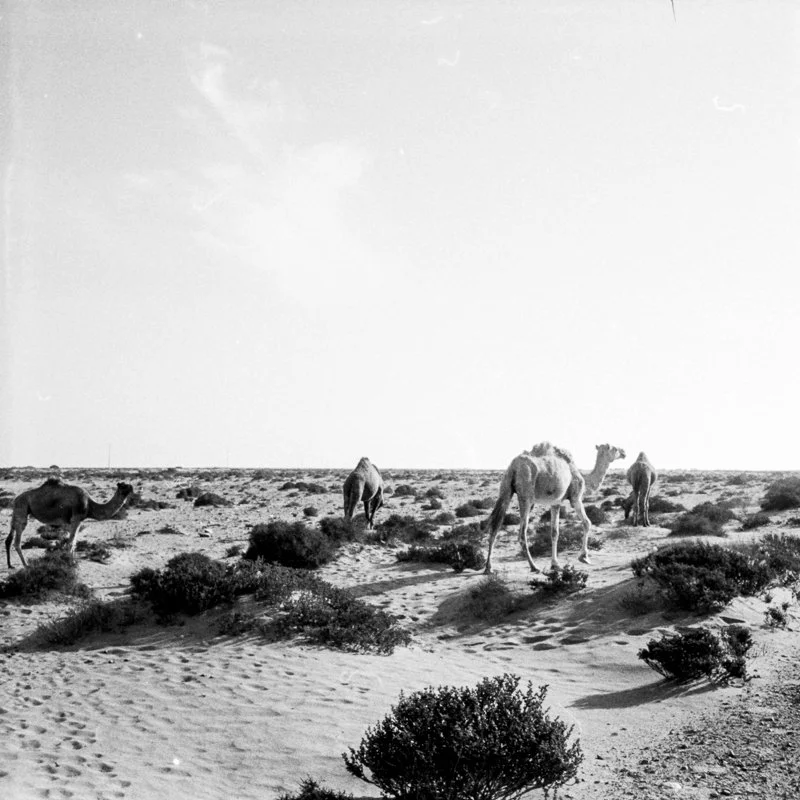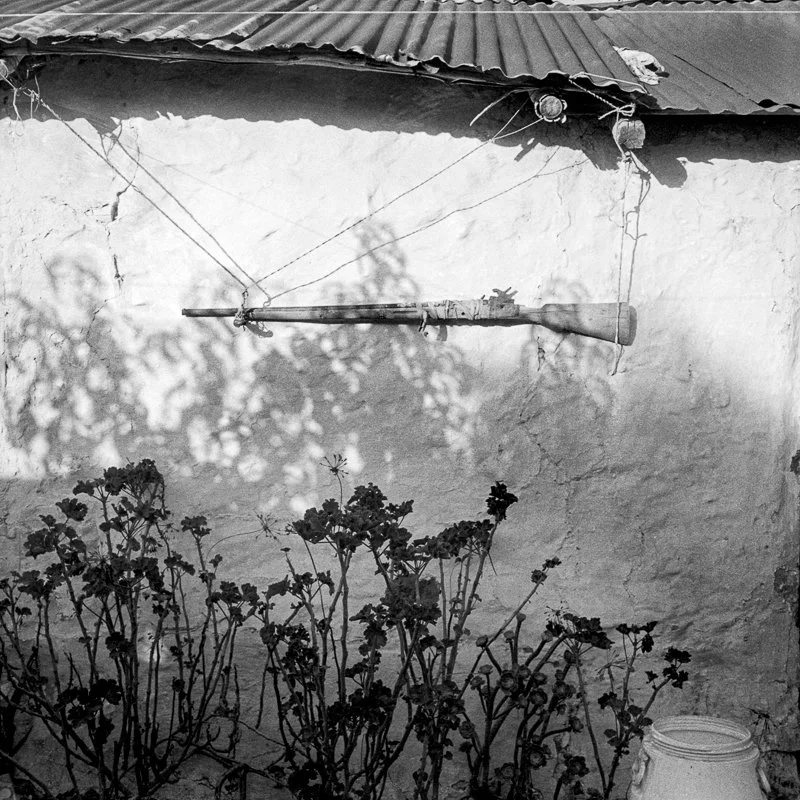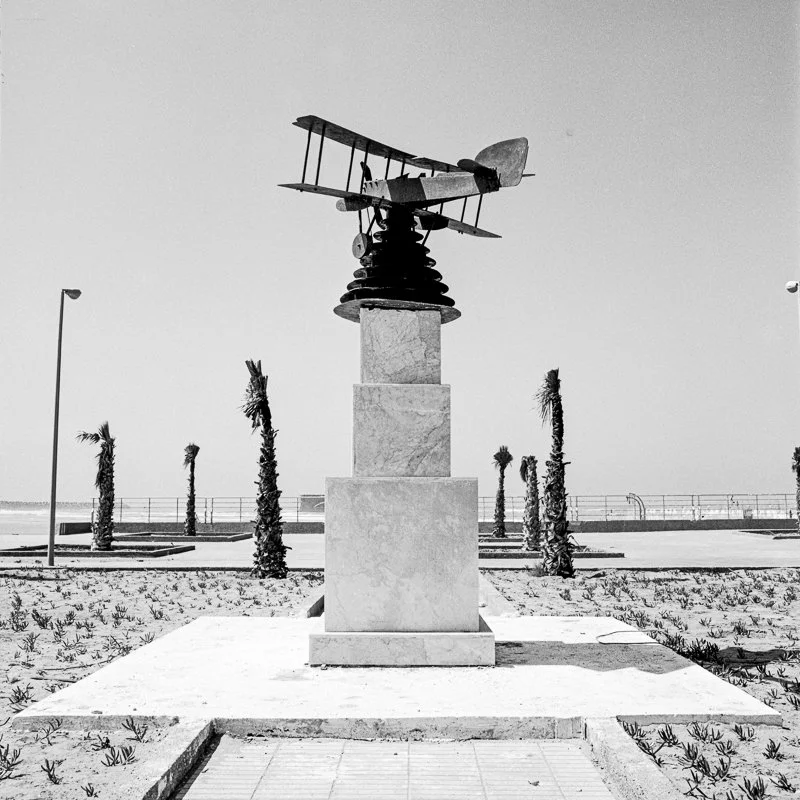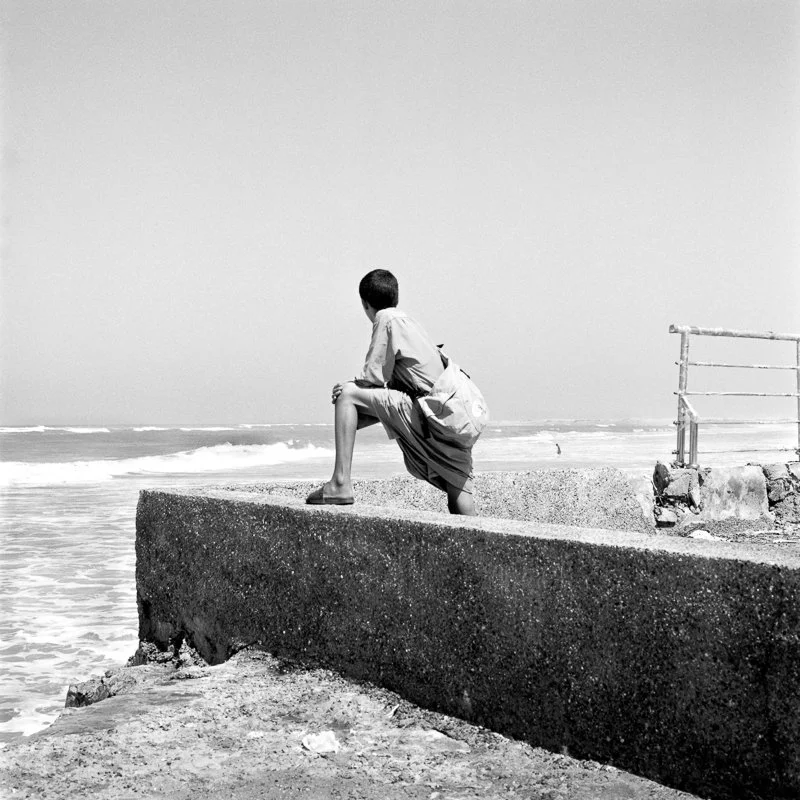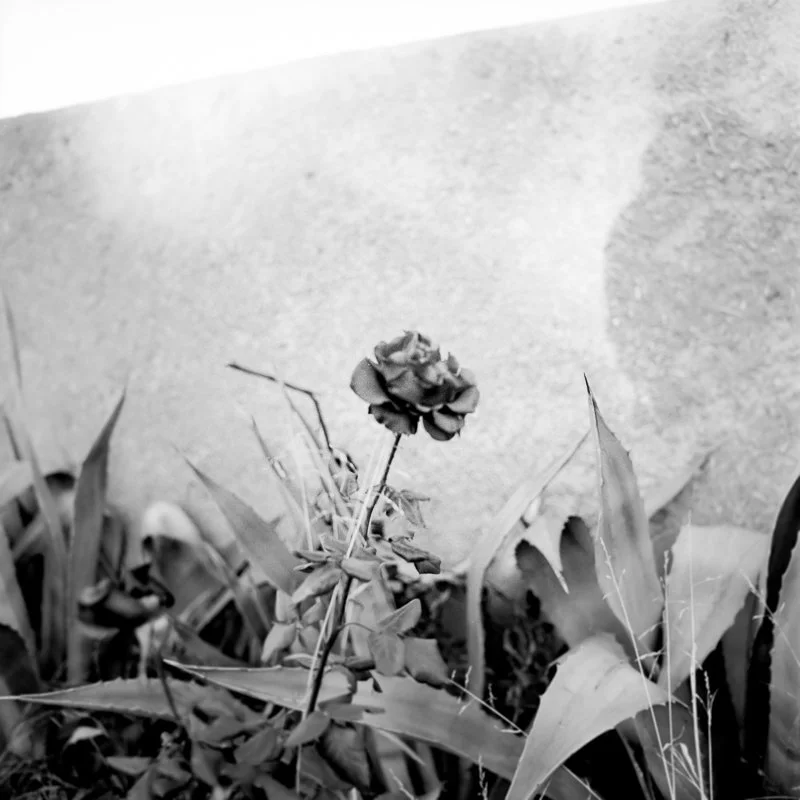The Line
Initiated during the 2017 edition of the Résidence 1+2 in Toulouse, The Line by Christian Sanna is a photographic investigation into the visual and symbolic legacy of the French postal aviation era. Developed over a four-month period—two months within the framework of the residency and two additional months of independent research—the project draws not only from regional archives but more significantly from the literary canon surrounding the Aéropostale, notably works such as Antoine de Saint-Exupéry’s Vol de nuit. These narratives, steeped in heroism, solitude, and transcendence, offered a conceptual foundation for interrogating how national mythologies are constructed, romanticized, and perpetuated.
While grounded in the geographical route once followed by the early airmail service—stretching from Toulouse to the Spanish border—The Line deliberately distances itself from reenactment or nostalgia. Rather than attempting to reconstruct a historical reality, Sanna uses photography as a tool to examine the fine boundary between documented history and its fictionalized projections. His images trace the landscape left in the wake of aviation’s formative years, marked by subdued infrastructures, residual paths, and open, unadorned territories.
Shot in black and white with a restrained formal approach, the work favors quiet observation over spectacle. The visual language reflects Sanna’s broader artistic practice, which is often concerned with the poetics of distance, absence, and memory. In The Line, this sensibility is put in service of a deeper reflection on how movement—be it aeronautical, ideological, or narrative—shapes our collective understanding of space and history.
The project questions the role of photography not merely as a witness to history, but as a participant in the making of myth: in the invention of symbolic geographies, in the reinforcement of national imaginaries, and in the affective charge of transmission. Sanna engages with the landscape not as a passive backdrop but as a site where ideology and fiction intersect.
